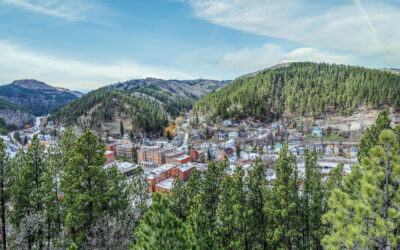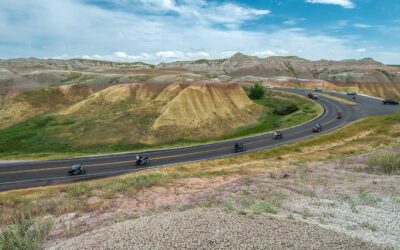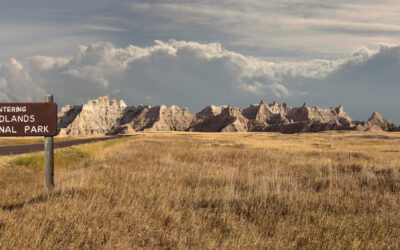The lifeblood of South Dakota’s largest city
Visit Falls Park in the city of Sioux Falls on any reasonably nice day, and you’re likely to see people standing and looking at the Falls of the Big Sioux River. They climb around on the rocky outcrops of Sioux quartzite to get a better view, traverse the walkways to see the cascading water from different angles, and climb up in the lookout tower for an aerial view.
The sound, look and palpable power of the falls have drawn human beings for as long as humans have known about the place.
Early visitors
The falls are thought to have been formed by the last ice age, and areas near the falls were inhabited for thousands of years by American Indians, according to archaeological evidence that includes the Blood Run National Historic Landmark.
The first Europeans to visit the falls were French fur trappers. The first documented visit was by explorer, trapper and trader Philander Prescott, who camped at the falls in 1832.
Land companies claimed sites near the falls during the 1850s as Americans pushed westward, but large-scale settlement of the area was postponed for years as the nation’s attention was diverted to the Civil War and Indian hostilities. The mass settlement of Sioux Falls finally began in earnest in 1873.
Capitalizing on the falls
The falls not only gave the city of Sioux Falls its name but also played an integral role in the city’s development. Early residents liked to visit the falls, and city leaders promoted the falls to potential residents.
In 1878, Richard Pettigrew (who later served as a U.S. senator) and an investor built a mill near the falls to mill grain for area farmers. The seven-story Queen Bee Mill was a massive and expensive structure, but it operated from only 1881 to 1883. The mill was doomed, apparently, by a short supply of wheat and insufficient water power. Today, the ruins of the Queen Bee Mill are preserved for modern visitors to Falls Park.
The Sioux Falls Light and Power Company was more successful in its effort to capitalize on the power of the falls. The company constructed a building near the falls in 1908 that housed hydroelectric generators, and the power plant was operated for many years before being abandoned in the 1970s. The building has since been converted to a restaurant known as Falls Overlook Café.
A modern jewel
Perhaps the most successful use of the falls area has been its conversion in modern times to an impeccably well-maintained 42-acre park, of which the mill ruins and the historic café are only two of the many attractive features. The park also features walking paths, viewing platforms, a gift shop, a five-story overlook tower and an arts center in a historic horse barn.
In the summer, the park is home to a light and sound show, and in the winter people come to view the falls as they ice over. Thanks to the recent “Phillips to the Falls†road project, Falls Park is easily accessible from historic downtown Sioux Falls.
The falls themselves carry 7,400 gallons of water per second over a series of drops totaling 100 feet. Just as they have for thousands of years, the falls are likely to forever exert a powerful, magnetic-like pull on people in the Sioux Falls area.






